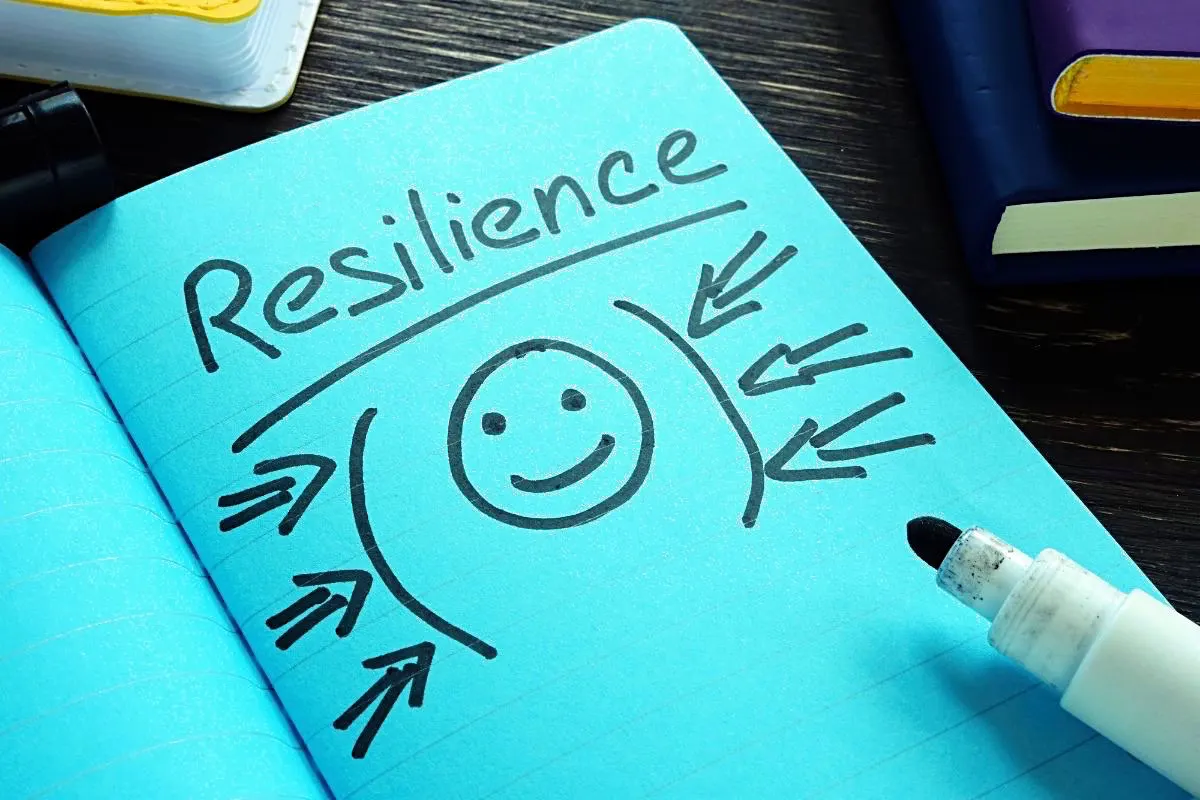International Guide Dog Day
Woof Woof, Happy Minds! April 30th is International Guide Dog Day, and since I’m the kind of gal who gets gushy every time she sees a canine in a uniform, I’m all up for celebrating. So let’s take a minute to give some props to those most professional of pups, and break down five facts you (probably) didn’t know about seeing eye dogs!

1. They aren’t all Golden Girls (and boys)
If I ask you to picture a guide dog, you’re probably going to imagine a labrador, and in many ways, they do make the ideal candidate. They have just the right mix of calm energy, adaptability, and a strong work ethic. Golden Retrievers share many of those traits, with an extra-sweet disposition and incredible focus but German Shepherds also make excellent guide dogs since they tend to be very alert and loyal.
Did you know: German Shepherds were among the earliest breeds trained as guide dogs, when the first ever school for guide dogs was established in Germany in 1916 to help soldiers blinded in World War 1. Yup. That’s one little factoid you can share by the office water cooler!

So why these breeds?
It all comes down to temperament, intelligence, and size. Labrador Retrievers are famously gentle, trainable, and eager to please. Breeds that are less commonly used (think Terriers, Hounds, or toy breeds like Chihuahuas) often aren’t suitable because they may be more independent-minded, less tolerant of distractions, or too small to safely guide a human through crowds and across roads. Size is important: a guide dog needs to be tall enough to be seen easily and to provide steady directional guidance via the harness.
What makes a potential guide dog candidate stand out?
🐾 A calm temperament, even in busy environments
🐾 The ability to focus despite distractions
🐾 A desire to please and work cooperatively with humans
🐾 Strong problem-solving instincts — like knowing when to disobey a command for safety reasons
🐾 Good health and mobility — guide dogs often work 6–8 years before retiring

2. They know when to break the rules
I mean, how incredible is this? Guide dogs are literally trained to ignore instructions if following them would put their human in danger. Imagine being so clever you get praised for disobeying. Iconic behaviour.
It’s called intelligent disobedience — like when a handler says “forward” at a crossing, but the dog spots an oncoming car and refuses to move.
To teach this, trainers set up real-world scenarios where the dog must assess risk and ignore unsafe commands. Dogs are rewarded for making the safer choice, even if it means saying “no” to their person.
It takes serious confidence, focus, and decision-making—and it’s one of the final skills a guide dog learns before being matched with a handler. Honestly, the word ‘trained’ doesn’t quite cut it. This is trust, communication, and instinct, all working in sync. So cool.

3. It takes up to two years to fully train a guide dog
Training a guide dog is a serious commitment — it takes up to two years from puppyhood to placement, and it costs around £55,000 (UK figure) or $50,000 (US) to train and support one guide dog partnership across their working life.
The journey starts when the pup is just a few weeks old. First, they spend around 12–16 months with a volunteer puppy raiser (my new dream job) who socialises them, teaches basic commands, and exposes them to the sights, sounds, and smells of everyday life. This is crucial for building confidence and adaptability. After that, dogs enter formal guide dog training, where professional instructors teach them advanced skills like obstacle avoidance, stopping at curbs, navigating traffic, and — as we mentioned — intelligent disobedience.
But here’s the thing: this training is incredibly specialised, and not all dogs are suited to guide work. On average, only around 50–60% of dogs who start the programme actually graduate as working guide dogs. Why? Some might be too easily distracted, too nervous in crowds, or simply happier in a different kind of role. The good news is that those who don’t qualify often go on to become therapy dogs, emotional support animals, or beloved pets— and many continue to make a big difference in other ways.
It’s also worth noting that each guide dog partnership is carefully matched, taking into account the dog’s personality, pace, and working style — so the training isn’t just about technical skills, but about finding the perfect fit.

4. Wagging 9-5
To us, guide dogs are extraordinary — they help people navigate the world, avoid danger, and live more independently. But to the dogs? It’s just life with their best friend.
Guide dogs aren’t aware they have a “job” in the human sense. What they do know is that they have a strong bond with their handler and that following cues, staying focused, and walking certain routes earns praise, treats, and affection. It’s not about duty — it’s about connection, consistency, and reward.
5. Maintaining the bork-life balance
Guide dogs are trained to understand that when the harness is on, it’s time to concentrate. They associate the harness with ‘clocking in’ to work mode, ignoring distractions like squirrels or loud noises, and focusing entirely on their human. But the balance between work and rest is essential. Guide dogs aren’t robots — they need downtime, affection, and fun, so protecting a guide dog’s work/life balance is essential for keeping these furry little helpers happy. They thrive on routine, love, and the simple joy of being close to their person but just like regular doggos they also need playtime, cuddles and sofa snoozes.So there you have it, five pawsome (sorry) facts about these hard-working hounds. If you’re feeling inspired by their incredible efforts in making this world a little more accessible for people affected by blindness, you can find a few links below for organisations that could use your help – either financially or otherwise.

Until next time Happy Minds!






















































































